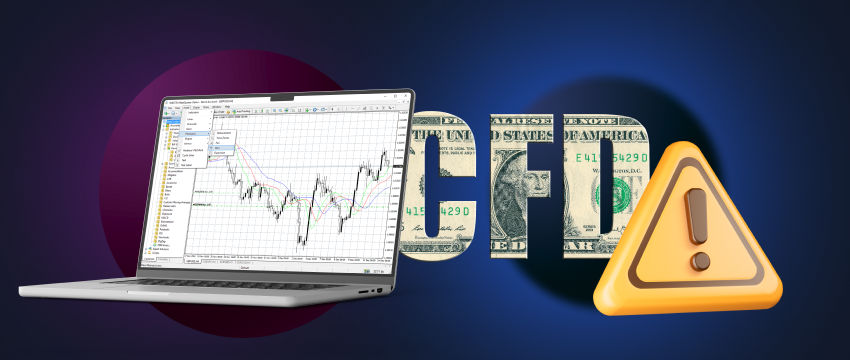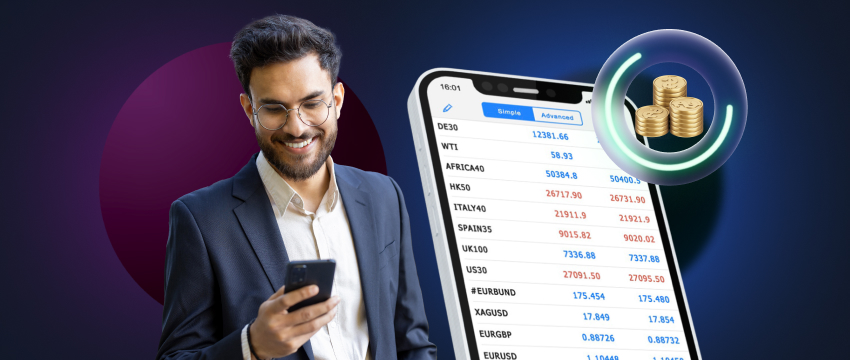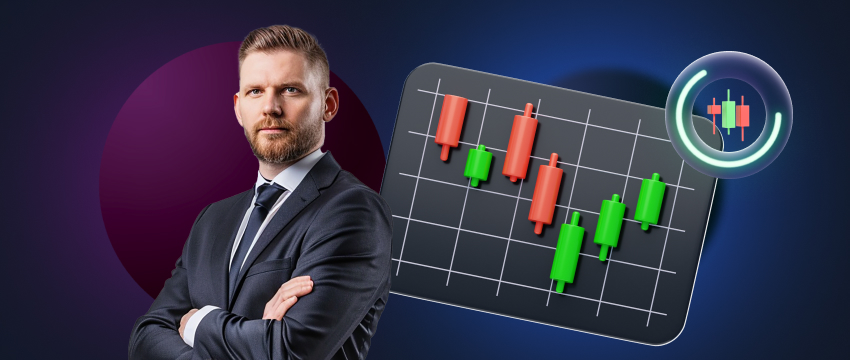Contracts for differences (CFDs) are a type of leveraged product in the finance industry. These are arrangements in futures contracts where parties settle changes through cash payments rather than delivering physical goods or securities.
This indicates that there is an opportunity to generate returns. These returns are comparable to the underlying market or asset. This can be achieved with a modest initial investment. For any trader, this would seem like a logical investment. Margin trading, though, has the potential to increase both gains and losses.
The advantages of CFD trading often hide its risks. Traders frequently overlook counterparty risk, market risk, client money risk, and liquidity risk.

CFDs: leveraged products
With leverage, you can participate in the markets by contributing only a small portion of the entire trade value. As a result, even if the market moves in your favor, you could still lose a lot of money. This happens if the trade goes against you and you don’t have sufficient risk management strategies in place.
For example, if you place a £1,000 CFD trade and the relevant tier’s margin rate is 5%, you will only need to fund 5% of the position’s total value. This amount is known as the position margin. In this instance, opening the trade requires only £50.
But if the instrument’s price moves 10% against you, you would lose £100. This loss is double your initial investment in the CFD trade. This happens because your risk and market exposure are the same as if you had bought £1,000 worth of actual shares.
As a result, any change in the market will impact your capital more than if you had invested in shares of the same value. Nonetheless, protections against negative balances ensure that losses on retail client accounts do not exceed the money in the account.
Third-Party CFDs Risk
In a financial transaction, the company that provides the asset is the counterparty. When you buy or sell a CFD, you trade only the contract issued by the CFD provider. This puts the trader in contact with other counterparties of the provider, such as other customers the CFD provider works with. The possibility that the counterparty won’t pay its obligations is the associated risk.
The value of the underlying asset becomes irrelevant if the provider is unable to fulfill these obligations. Understanding that the CFD market lacks heavy regulation is crucial. A broker’s credibility relies more on their reputation and financial situation than on their government standing or liquidity. Although there are many top-notch CFD brokers, it’s crucial to look into a broker’s reputation before opening an account.
Possibility of CFD account closure
If you trade foreign markets, you may experience sudden fluctuations in value that occur outside of regular business hours. These factors can also lead to unexpected fluctuations in your account balance. If your account balance drops below the close-out threshold, as indicated on the platform, it may automatically close your positions. This happens if you lack sufficient funds to cover these scenarios.
To ensure your account always covers the entire margin requirement, keep a close eye on it. You may need to make additional deposits or close some or all of your positions. Click the information icon in the main account bar at the top of the platform to find all your account information, including the close-out percentage level.
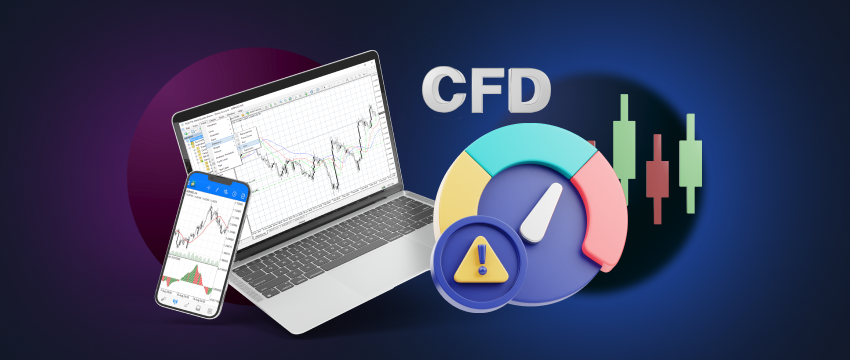
Gapping & liquidity
Rapid fluctuations in the pasar keuangan may be reflected in the prices of instruments. One risk that results from market volatility is gapping. When the prices of instruments abruptly move from one level to another without going through the intermediate level, this is known as gapping.
It might not always be possible for the platform to execute an order between the two price levels, or for you to place a market order. This could cause you to execute stop-loss orders at unfavorable prices, either higher or lower than you might have predicted, depending on how your trade turns out.
By using a guaranteed stop-loss order or order boundary, you can reduce the risk and effect of market volatility.
The state of the market affects a lot of financial transactions and can make losses increasingly probable. Your current contract may become illiquid if the market is not seeing enough trades for the underlying asset. A CFD provider has the right to demand more margin payments at this point or to close contracts at lower prices.
The price of a CFD may drop before you can execute the transaction at a pre-arranged price due to the rapid movement of financial markets, a phenomenon known as gapping. In other words, the owner of an existing contract may need to settle for lower profits or cover the CFD provider’s losses.
Retaining expenses
You might have holding costs, depending on the positions you hold and how long you hold them for. If you hold positions on specific instruments overnight past 5 p.m. New York time, these holding costs are applied to your account every day.
The total of these holding costs may occasionally be greater than the total of any profits, especially if you hold positions for an extended period of time, or they may greatly increase losses. It is crucial that you have enough money in your account to pay for the holding expenses.
How to control exposure to risk
Create a trading strategy and follow it. Your overall financial trading goals can be more precisely defined and attained with the help of a trading plan. You can learn more about how to develop a trading plan and more through T4Trade education.
Gradually increase your proficiency and level of skill. If you’re not familiar with leveraged products, you can trade in small increments to gradually increase your understanding of how leverage works. You can start trading on a demo account first.
Recognise the markets in which you wish to trade. Make sure you comprehend the factors influencing various markets so you can tailor your plan based on recent information.
Keep an eye on your available positions. In an ideal world, you could keep an eye on your open positions all the time and respond to changes in the market. However, in practice, this is frequently challenging. With T4Trade’s mobile trader app, you can keep an eye on trades on your tablet or smartphone. In order to be informed when particular prices are reached, you can also set up price alerts.
Employ stop & limit orders
Unexpected changes in the market can be costly if you are unable to respond quickly or if there are “gaps,” or periods of time when there is little to no trading.
Gaps can appear during the day in response to unusual events or overnight as prices shift while the market remains closed. With the help of risk management tools, you can guard against unforeseen market swings and gaps and lock in profits when the market turns in your favour. They consist of limit orders, guaranteed stops, trailing stops, and stop losses.
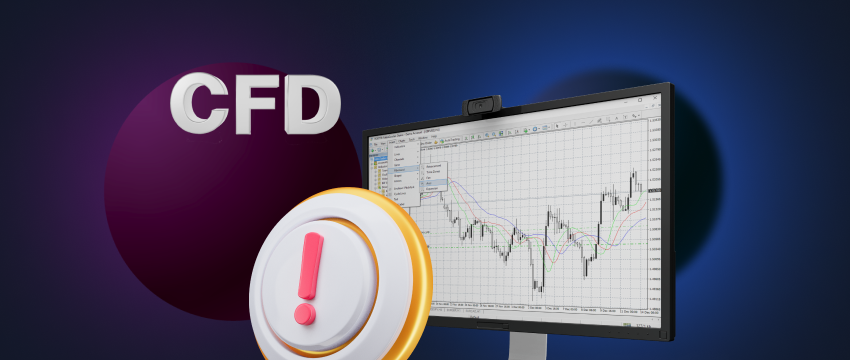
Continue studying
Gain more knowledge about the markets you trade on and experiment with different trading tactics to increase your success rate. Get an overview of the trading strategies used by T4Trade clients, expand your knowledge and experience with our extensive education section, and practise with a free demo account
Final thoughts
Stop-loss orders can help reduce the apparent risks associated with trading CFDs. Some CFD providers offer a guaranteed stop loss order, which is a preset price that, when reached, immediately closes the trade.
Nevertheless, CFD trading can lead to illiquid assets and significant losses even with a low initial cost as well as potential profits. It’s critical to consider the risks involved with leveraged products when considering this type of trading. Frequently, the losses that follow are higher than first anticipated.
Disklaimer: This material is for general informational and educational purposes only and should not be considered investment advice or an investment recommendation. T4Trade is not responsible for any data provided by third parties referenced or hyperlinked in this communication.
